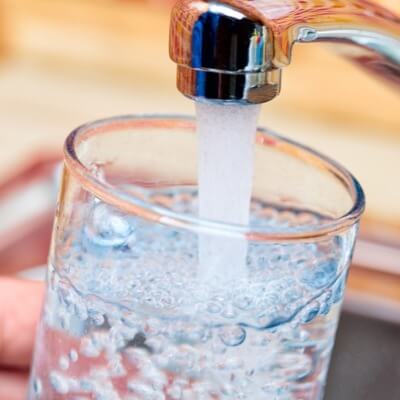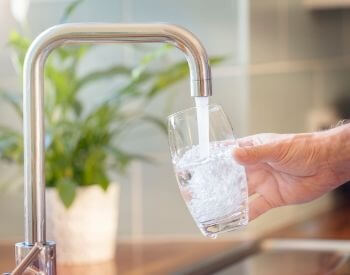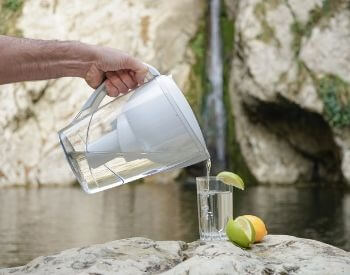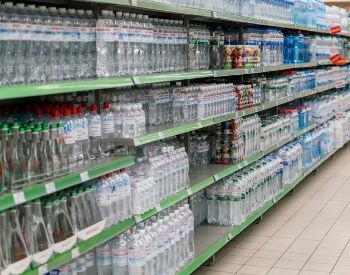
This web page contains drinking water facts for kids and is an excellent resource for anyone of any age looking to learn about potable water. Our goal is to provide you with accurate, up to date facts about water you can drink. In addition to facts about drinking water, we provide additional resources to help you with your research on this vital source of life.
The drinking water facts below will help you learn about the potable water, what is drinking water, how safe is it to lake or river water, why drinking water is important and other drinking water related facts. We hope these potable water facts are interesting and help you learn more about this safe hydration source.
If any of the below drinking water facts are inaccurate, please contact us and let us know.
20 Drinking Water Facts for Kids
- Drinking water is a term used to describe water that is safe for consumption and cooking.
- Potable water is another term used to describe water that is safe to drink.
- Water from a natural source can contain chemicals, heavy metals, parasites, bacteria and/or other containments.
- Diseases caused by unsafe drinking water include, but aren’t limited to dysentery, cholera and salmonella.
- Parasites found in untreated water include, but aren’t limited to amebiasis, cryptosporidiosis (Crypto), Guinea worm, giardiasis and schistosomiasis.
- Unsafe metals found in untreated water include, but aren’t limited to mercury, lead and arsenic.
- Water needs to be processed and treated before it’s considered safe to drink.
- It’s estimated that around one to two billion people worldwide don’t have access to safe drinking water.
- It’s estimated that around 1.56 million people die annually due to unsafe drinking water. Most of these deaths are young children under the age of five, with more than 90% of these deaths caused by diarrheal diseases.
- Developed countries, like the United States of America, have water quality standards.
- Water quality standards ensure water delivered to homes and businesses via water systems and bottled water purchased at a store won’t cause any significant health issues over a lifetime of consumption.
- Water delivered to homes and businesses via water systems is known as tap water.
- Fluoride is added to tap water in some developed countries to help prevent tooth decay.
- There are several processed used to treat water and make it safe for drinking. Many of these processes are combined to ensure optimal water quality.
- A popular chemical method for treating water is pre-chlorination. Chlorine or chlorine compounds are added in small amounts to water to prevent algae growth, inhibit biological growth and to kill pathogens.
- A popular physical method fore treating water is filtration. Water is passed through a filter medium that contains substances that can absorb unwanted contaminates and remove them from, the water.
- Saltwater can be turned into safe drinking water through desalination. Saltwater can be desalinated using the distillation process. Water is boiled to separate it from its saline content, the steam is then trapped and used as drinking water.
- The Safe Drinking Water Act defines what safe water is in the United States of America.
- The Environmental Protection Agency (EPA) sets the standards for safe drinking water in the United States.
- Water pollution can severely limit the access of safe drinking water and increase the amount of processing required to make water safe to drink.
Pictures of Drinking Water



Additional Resources on Drinking Water
- About Drinking Water – Learn about safe drinking water on the Centers for Disease Control and Prevention website.
- Facts About Drinking Water – Discover some amazing facts about drinking water on the World Health Organization website.
- Ten Ways to Make Water Safe – This is a good article on the Outdoor Life website explaining how you can purify water in emergency situations.
- Drinking Water – Wikipedia – Explore the Wikipedia website to learn more about drinking water, also known as potable water.
